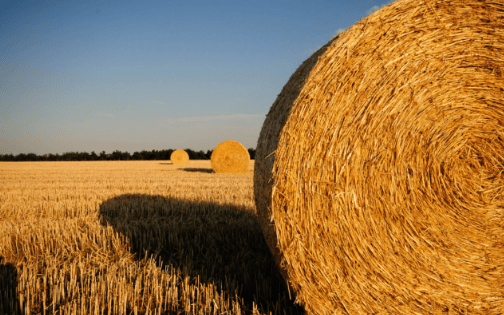A favourite tried and trusted technique for Government in raising taxes is to forget to uplift a threshold. Given the effluxion of time and a dose of inflation (albeit the latter has less of an eroding effect in the modern era), more and more tax payers will move above the threshold and be exposed to a higher level of tax. One example of this which is likely to affect our Agricultural clients is the VAT Partial Exemption for Farmers.
This is the current position with the IHT annual exemption (£3,000 since 1981), child benefit restriction (£50,000 since 2013) and the abatement of personal allowance (£100,000 since 2010).
On a par with the IHT annual exemption is the VAT partial exemption de minimis limits. This has been set at £625 per month since 1994, would you believe? We are therefore celebrating the 25th Anniversary this year and I don’t see this level being increased any time soon.
VAT Exemption on Rental Properties
The problem (and perhaps a nice one in my view) is that many farmers may have a portfolio of let properties. Originally these properties were needed for farm workers, but technology has freed the properties up to be let out to generate valuable rental income. However the default position with property rental income is that it is exempt from VAT. There is an option available to waive the exemption on land and commercial buildings, but this is not possible where the buildings are residential.
The issue arises because maintenance costs need to be incurred to keep the building stock in good order so as to continue the flow of rental income. Major repair work in a year might break the de minimis level on its own. This equates to such expenditure of only £37,500 plus VAT a year and this is without any other costs that might be associated with the property portfolio, such as agents’ commission for managing the property or arranging the letting, legal fees in connection with the preparation of agreements and so on. Moreover there will also be mixed costs which are attributable to both the farming business and the property business, such as the fees rendered by our good selves.
The Partial Exemption rules relate to all income which is exempt. Accordingly there could be investment income where costs might include management fees, with applicable input tax.
Relief under the Partial Exemption rules is an all or nothing calculation. If the farmer can keep below the de minimis level of £7,500 per annum (i.e. £625 per month), then all of the potentially disallowable input tax can be recovered. If the farmer breaches the Partial Exemption limit by just £1 of input tax, then all of the input tax attributable to exempt supplies is disallowed and repayable to HMRC.
Consequently it is not a case of gaining an honourable draw; you either win or you lose. In some cases the size of the VAT exempt income a farmer is generating means that the exploitation of the Partial Exemption rules is not possible in the first place.
All in the timing…
Where the position is marginal however, it would be a shame to lose up to £7,500 of input tax as a consequence of a small invoice for a cost which could have been avoided or deferred. Accordingly, we are now reviewing the VAT position with some clients prior to their VAT year-end to identify if there is a problem with the Partial Exemption claim and hence the possible recovery of input tax. The default VAT year end is March, although depending on the VAT quarter stagger you are on – this may be April or May. It is possible to choose another month for this, but you need to write to HMRC to seek agreement.
This exercise may highlight the opportunity to delay some scheduled repair work until the new VAT year to ensure full input tax recovery and where the expenditure is discretionary, then perhaps it could be further deferred.
Conversely, if there is substantial expenditure, then it could be sensible to make sure that it is all incurred in one year if year on year the business is close to the threshold. Some input tax may have to be sacrificed in one year in order to ensure the recovery of greater levels of input tax in future years.
Consideration should also be given to using traders who aren’t VAT registered wherever possible.
As a more extreme measure, it could be worth looking at some restructuring of the business or, perhaps taking some property out of the trading entity. However, the greatest caution needs to be exercised, as this could have an even more detrimental impact on other taxes.
If there does prove to be a clawback of VAT input tax under the Partial Exemption rules, then the consolation is, at least, that the gross expense secures Corporation Tax or Income Tax relief.
The message, in a nutshell, is to be proactive and plan ahead.
If you would like any further advice or assistance in this area – please get in touch.

Posted by Paul Short
Disclaimer
The views expressed in this article are the personal views of the Author and other professionals may express different views. They may not be the views of Lambert Chapman LLP. The material in the article cannot and should not be considered as exhaustive. Professional advice should be sought in connection with any of the issues contained in the article and the implementation of any actions.

